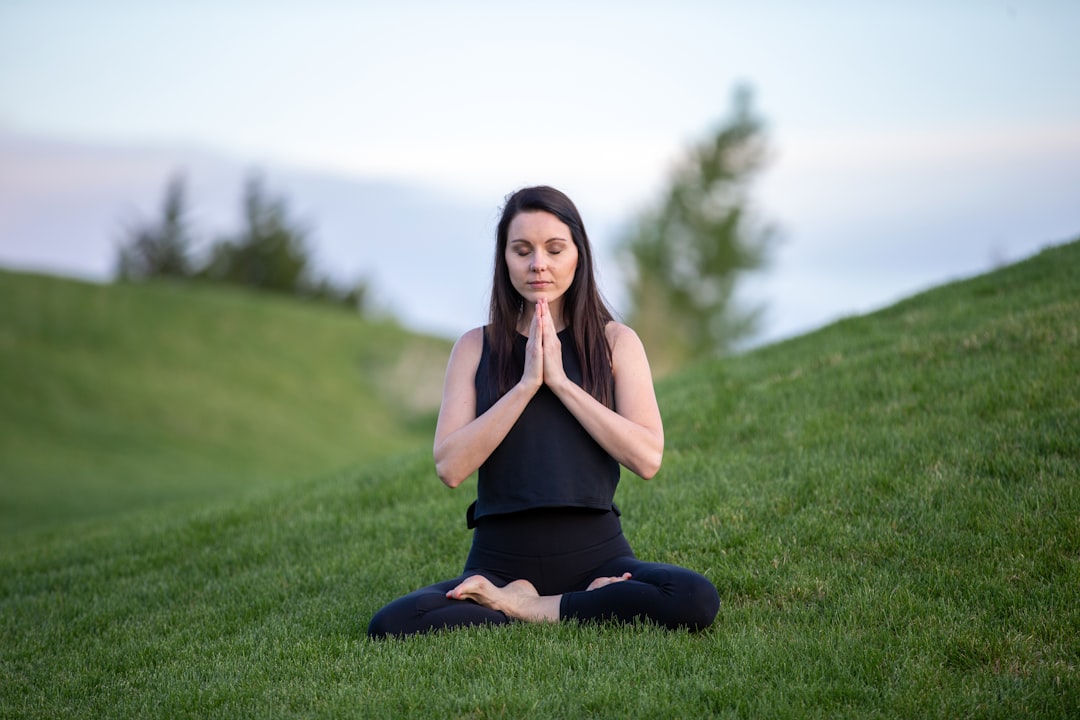Related
Essential Mindfulness Practices for Holistic Well-being
A comprehensive guide to understanding Essential Mindfulness Practices for Holistic Well-being and incorporating these practices into your daily...
Popular topics
03 min reading in—Mindfulness
Unlock the true potential of mindfulness with our quick 10-minute guide designed to elevate your holistic wellness. Discover simple techniques to enhance mental clarity, reduce stress, and cultivate inner peace. Perfect for busy individuals, this post will empower you to integrate mindfulness into your daily routine and transform your well-being.

Hello, dear readers! 🌸 Are you looking to enhance your holistic wellness and bring more peace into your daily life? What if I told you that you could start seeing changes in just 10 minutes a day? It might sound too good to be true, but bear with me. Today, we're diving into the world of mindfulness—a simple yet powerful practice that can transform your well-being. Let's explore how you can master mindfulness and experience its benefits firsthand.
Mindfulness is the practice of being fully present in the moment, aware of where we are and what we're doing, without being overly reactive or overwhelmed by what’s happening around us. It's about paying attention on purpose. 🌿 Sounds refreshing, right?
You might think mastering mindfulness requires a significant time investment, but the good news is, you can reap its benefits in just 10 minutes a day! Here’s how:
Breath is the anchor to the present moment. Mindful breathing is a powerful technique to bring yourself back into the 'now'.
This exercise helps you become aware of your body, relieve tension, and release stress.
Turn a simple walk into a powerful mindfulness practice.
Transform your meals into a joyous meditation with this practice.
The benefits of mindfulness are well-documented. Studies have highlighted how mindfulness can physically alter the brain—triggering neuroplastic changes that strengthen areas related to attention, emotional regulation, and resilience.
Regular practice doesn't just improve mental health. It can boost immunity, reduce blood pressure, and aid in better sleep. By reducing stress hormones like cortisol, mindfulness leads to numerous positive physiological changes.
Starting a mindfulness routine can be challenging, but consistency is key. Here are some tips to help you stick with it:
Incorporating mindfulness into your daily routine can lead to substantial improvements in your overall well-being. Remember, like any skill, mindfulness gets easier with practice, and even a small daily investment can bring about significant transformation. So why not take just 10 minutes a day to nurture your mind and body? 🌟
Give it a try and share your journey with us. We'd love to hear how these practices impact your life. Remember, blossoming into a mindful individual is just a breath away.
Stay mindful, stay healthy! 💖
Related
A comprehensive guide to understanding Essential Mindfulness Practices for Holistic Well-being and incorporating these practices into your daily...
Related
Discover the transformative power of mindfulness with just a 10-minute daily practice. In "Master Mindfulness: Elevate Your Life in Just 10...
Related
Discover serenity and embrace a balanced life with our latest blog post, "Unlock Inner Peace: 7 Mindfulness Techniques to Transform Your Life."...